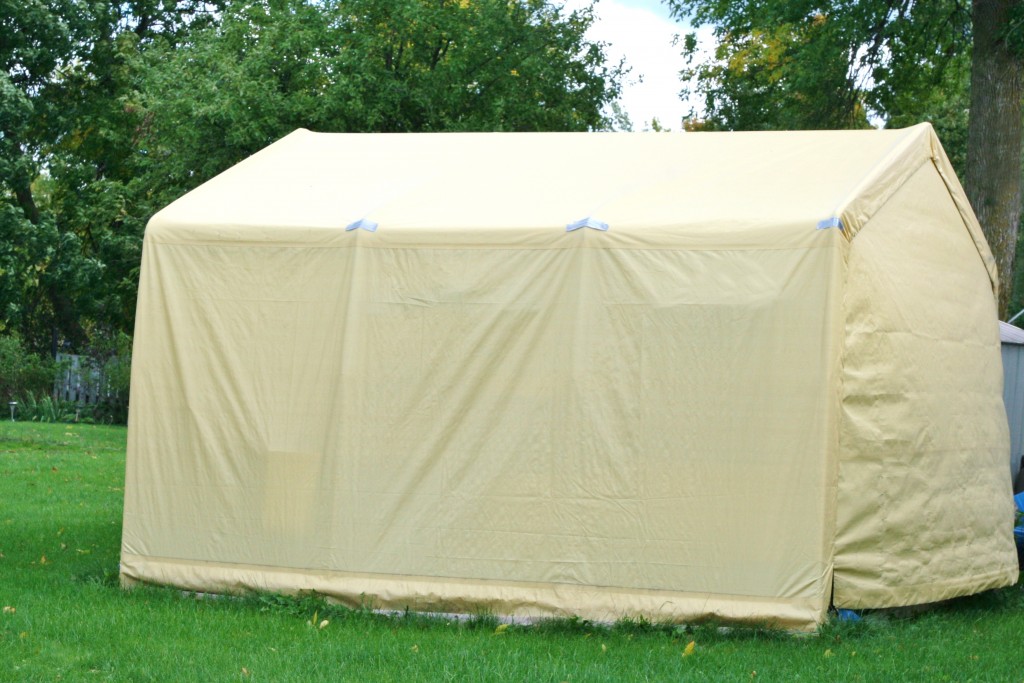The concept of attributing healing benefits to plants and gardens date back to ancient traditions. Several studies have long proven that exposure to nature and interaction with it can bring about a more positive outlook toward life, reduce negative emotions and stress levels, decrease blood pressure, and improve overall health.
Indeed, nature has its way of healing that can’t be ignored by medical practitioners and healthcare providers. In recent years, hospitals have recognized the need to invest in commercial landscaping, not just in Hot Springs but in other parts of Arkansas as well. This is to incorporate “healing gardens” into their surroundings and even to introduce horticultural therapy as part of some patients’ treatment process.
Through healing gardens, hospitals can offer a balance between providing cure and care to their patients. Studies have shown that patients who are exposed to nature tend to have shorter hospital stays, require fewer doses of strong medication, and experience fewer post-operative complications. While interacting with nature doesn’t necessarily cure an illness, there’s good evidence that it can reduce a patient’s anxiety and pain levels—which can positively affect how the body receives and reacts to treatments.
Portrays Real Nature
The most important feature of a healing garden is, of course, real nature: lush landscapes adorned with shade trees, shrubs, flowers, and even a water feature. Ideally, the enclosure must consist of 70% greenery and 30% concrete walkways. It’s also important to stray away from abstract sculptures, which can be interpreted negatively by patients.
Promotes Physical Movement and Exercise
Having gardens in hospitals is an excellent way to encourage patients to go out of their rooms, roam around, and explore other places. Even strolling around the garden is already a good form of exercise. Physical activities also stimulate the brain to produce endorphins, which effectively aid in boosting a patient’s mood and enhancing his mental health. Moreover, gardens are an ideal alternative area to conduct physical therapy and rehabilitation.
Encourages Social Interaction
Fast healing and recovery don’t necessarily require isolation for patients. It is during these times that they need to have stronger social support. Hospital gardens make this possible through serving as an avenue for patients to interact with their families, hospital staff, and even other patients. Engaging in social interactions strengthens a patient’s sense of belongingness and lessens the risk of isolation.
Provides Positive Distraction
Being confined in a hospital can somehow induce overthinking, which often leads to anxiety, depression, and other mental health hazards. Gardens offer a place of refuge and a break from the stressful hospital environment. As humans mostly find nature restorative, it’s easy to be engrossed in the beauty of nature and be distracted from feelings of discomfort.
Improves Emotional and Spiritual Wellness

Even in hospitals, most patients still long for a place to retreat and have some quiet moments of their own. Spending time in nature brings a sense of peace, comfort, and affinity—to one’s self, others, and a higher force. Finding time to reflect on life is essential to keep one grounded and not be easily swayed by stressful situations.
Healing gardens are among the best facilities hospitals can invest in, as these benefit not only the patients, but their family members, and even hospital staff. Being free from physical injuries is just as essential as mental, emotional, or spiritual healing because true healing starts inside.




